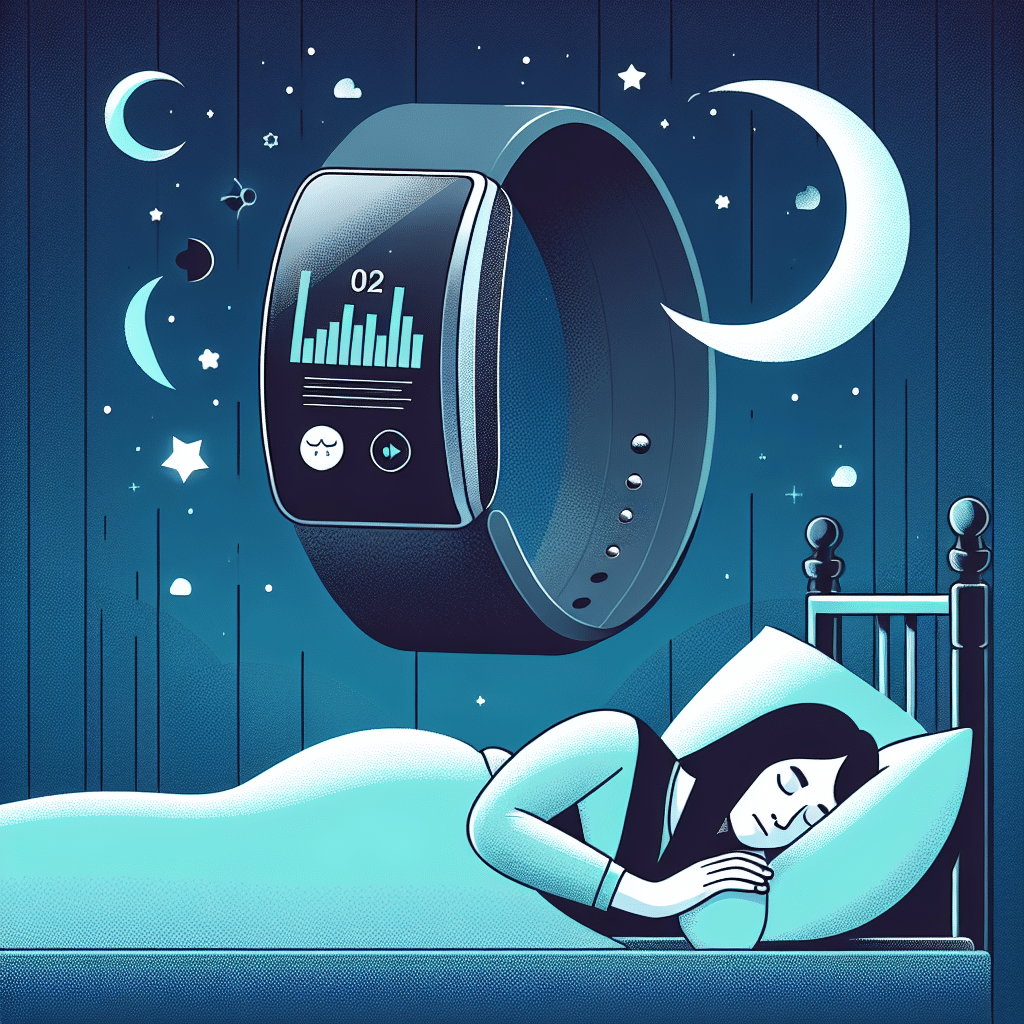Understanding Sleep and Its Importance
Sleep is a crucial aspect of overall health and well-being. Adequate sleep contributes to cognitive function, emotional regulation, physical health, and daily performance. Many people struggle with sleep quality, facing issues such as insomnia, restless sleep, or difficulty maintaining sleep patterns. The good news is that wearable technology can help you enhance your sleep quality substantially.
What is Wearable Tech?
Wearable technology refers to smart electronic devices that can be worn on the body. These gadgets often take the form of wristbands, smartwatches, headbands, or sleep masks and are equipped with various sensors to monitor health metrics. When it comes to sleep enhancement, wearables can track sleep patterns, heart rate variability, movement, and even environmental conditions to provide insights into your sleep quality.
Types of Wearable Tech for Sleep Improvement
-
Smartwatches: Devices like the Apple Watch, Fitbit, and Garmin smartwatches provide comprehensive sleep tracking features, monitoring sleep stages and offering insights into your sleep duration and quality.
-
Fitness Trackers: These wearables, such as the Fitbit Charge or Xiaomi Mi Band, focus on activity levels during the day and translate this information into sleep metrics.
-
Sleep Headbands: Products like the Sleep Shepherd Blue use EEG sensors to monitor brainwave activity to provide detailed insights into sleep cycles and offer guided audio experiences to promote better sleep.
-
Sleep Masks and Pods: High-tech sleep masks can block light and sound while also featuring built-in smart technology to monitor sleep quality.
-
Smart Mattresses: Mattresses like the Eight Sleep Pod track biometric data and adjust temperature settings to optimize sleep conditions.
Features to Look For in Wearable Tech
When selecting wearable tech to improve sleep, consider the following features:
-
Sleep Tracking: Look for devices with advanced sleep tracking capabilities that break down sleep stages (REM, deep sleep, light sleep) while also recording total sleep time.
-
Heart Rate Monitoring: Continuous heart rate monitoring can provide insights into how your heart rate affects sleep quality.
-
Movement Detection: Wearables with accelerometers help analyze your movement during sleep, showing patterns of restlessness.
-
Environmental Sensors: Devices that track room temperature, humidity, and noise levels can reveal external factors affecting sleep.
-
Integration with Apps: Choose wearables that pair with mobile apps to visualize your data and suggest actionable tips for improving sleep.
Using Wearable Tech to Enhance Sleep Quality
-
Monitor and Analyze Sleep Patterns: Start by regularly wearing your device to collect data on your sleep patterns. Pay attention to metrics like total sleep time, sleep cycles, and the efficiency of your sleep. Use this information to identify trends over weeks.
-
Set Sleep Goals: Based on your collected data, set achievable sleep goals. Aim for a specific amount of sleep each night or try to improve your sleep efficiency, which is the percentage of time you’re asleep while in bed.
-
Create a Consistent Sleep Schedule: Many devices send notifications for bedtime, encouraging users to adhere to a regular sleep schedule. Consistency helps regulate your body’s internal clock.
-
Incorporate Relaxation Techniques: Wearable tech can guide you through relaxation techniques such as meditation, breathing exercises, or listening to calming music or white noise. Some devices even offer biofeedback, showing you how relaxed you are before bed.
-
Optimize Sleep Environment: Use environmental data from your wearable tech to make adjustments in your bedroom. For instance, if the device records that your bedroom is too warm, consider adjusting the thermostat or using a fan.
-
Track Lifestyle Factors: Monitor factors that may affect sleep quality, like caffeine intake, physical activity, and screen time before bed. Some wearables encourage you to take note of how these factors correlate with your sleep metrics.
-
Adjust Your Daily Routine: Based on insights from your device, modify habits that could impair sleep quality. Engage in more physical activity during the day, limit secondary screen time, or practice mindfulness to help ease into sleep.
-
Monitor Progress: Over time, use the app to track improvements in your sleep quality. Set new goals based on this progress and continue refining your daily and nightly habits.
Best Practices for Using Wearable Tech Effectively
-
Stay Consistent: For accurate data, wear your device every night. Consistent use will provide the best insights into your sleep patterns.
-
Utilize Reminders Smartly: Leverage the reminders for bedtime, hydration, and daily activity that many wearables offer to build healthy habits.
-
Regular Updates: Ensure your wearable and its accompanying app are updated with the latest software for optimal functioning.
-
Combine Tech with Real Efforts: Remember that wearable tech is just one tool in your arsenal. Combine its use with other evidence-based sleep hygiene practices for the best results.
-
Seek Professional Advice: If sleep issues persist despite using wearable technology, it’s advisable to consult a healthcare professional or sleep specialist for a comprehensive evaluation.
Conclusion
Wearable technology provides exciting possibilities for enhancing your sleep quality. By leveraging the insights and tools offered by these devices, you can create an informed strategy for improving your nightly rest. Making informed decisions and adjustments based on your data can lead to a more restful sleep experience and ultimately improve your overall health.
